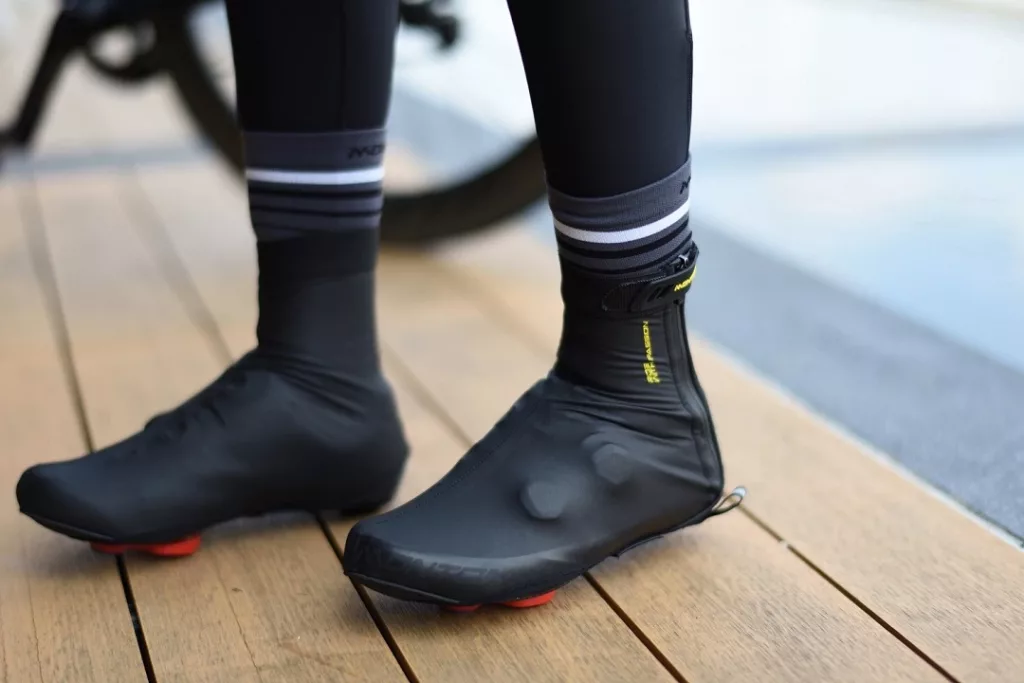Winter Cycling Essentials – Tools And Clothing

Fall and winter would be considered the best seasons to cycle outdoors. This is because the cooler weather makes it easier for people to ride their bikes without sweating profusely. This is also a fun activity to get your heart pumping in an otherwise cold and dreary season, generally speaking.
But as with anything, planning is critical. In this article, we provide you with some of the best tips on how you can make your winter ride more enjoyable and safe.
Introduction: What is Winter Cycling?
Winter cycling is the act of riding a bicycle during the fall and winter seasons, typically when snow and ice make riding on pavement difficult. it can be any type of bike (road, mountain, gravel, cyclo-cross, etc.). I have a few that I use throughout the year.
Winter cycling is not as popular in North America as it is in Europe because of the climate and road infrastructure. However, there are still many people who bike during winter because they enjoy the activity and it’s convenient for transportation. Lots of people cycle year-round, considering each season as adding its own little challenges to the rides.
There are many benefits to winter cycling that people should consider before deciding whether or not to take up this activity. One of these benefits is that it provides a way for people to exercise outdoors even when other outdoor activities are limited. Another benefit is that it can help protect against heart disease by getting more exercise and lowering blood pressure while also reducing stress levels. But consult with your doctor before undertaking any new physical activities.
What Gear Do I Need for Winter Cycling?
Winter cycling is a great way to get some exercise during the cold months. However, it does require some gear. If you are thinking about winter cycling, you should think about getting these items for your bike and for the rider.
For the bike:

- A headlamp or light so that you can see where you’re going at night/ low light conditions. Remember the sun sets earlier than in the summer. So you being visible to others is equally important as you seeing the road in front of you. So get some rear facing red lights as well for others to notice you in the low light conditions.
- Fenders for the front and back wheels to protect the rider (and bike) from road debris like salt, water, ice, etc.
- A reflector on the fenders and/ or spokes for better visibility.
- Cycle tools that has spare tube(s), a patch kit, air pump, and other tools you normally use for your specific type or riding and preference. Optional is a handlebar bag to hold all of your belongings, like the tools, spare clothes, snacks, maps, etc.
- This is not critical, but can help in icy roads depending on where you live – A studded tire for your wheels. These are usually made of metal and they have little spikes that go up and down on the tire to help you grip on ice and snow.
For the rider: Cycling Clothing for Winter

- Reflective winter cycling clothing is critical so that drivers can see you when it’s dark outside. A reflective vest or jacket can help you be seen by others in low-light conditions.
- Waterproof shoes or shoe covers to protect from water and ice on the road. I have a shoe cover similar to this that I bought a few years ago which is very useful when I go on a cold-day ride. Winter cycling boots are also available as an option.
- Hat that covers your ears – getting your ears cold is not comfortable. Cycling specific hats are available, but not necessary if you have other hats to cover your head and ears. A cycle helmet is strongly suggested to protect your head from a fall.
- Gloves – warm hands are also critical, but is often overlooked. Frozen fingers are a risk to your riding since it will take longer for you to control the bike (braking, steering, changing gears).
- A full-face covering balaclava that provides warmth to your face if really cold temperatures.
- Dress in layers if going on long rides – usually a base layer that wicks moisture away from the body, and a breathable outer layer to get that moisture outside, thus keeping you dry and warm. Side-vent outer layers are a very good option for their ease of use.
Conclusion & Tips to Keep in Mind
- Check your bike before every ride: It is important that you check your bike before every ride, so that you can ensure that it is in good working condition. This will help keep you safe and prevent any accidents from happening.
- Wear layers: You should wear a layer of clothing on top of your regular clothes when cycling in winter as this will help keep your body warm and dry during the ride.
- Wear gloves: When riding in winter, it is important to wear gloves so that you do not end up with frozen hands while cycling.
- Be visible at all times – your bike and your clothes should be easy to spot and be seen on the roads.
- Cycle slowly: When cycling in winter, it is necessary to go slow and steady. The roads might not be as clear as you would like from ice and snow. So take is slow.
Be careful and have fun cycling in the winter!
Hope you found these tips useful., Check out my other cycling and tips and solutions posts as well.
One comment
Leave a ReplyCancel Reply
This site uses Akismet to reduce spam. Learn how your comment data is processed.





[…] had earlier written about mountain biking essentials and winter cycling essentials. So to add to these lists, I have been researching the following products to see which one can fit […]